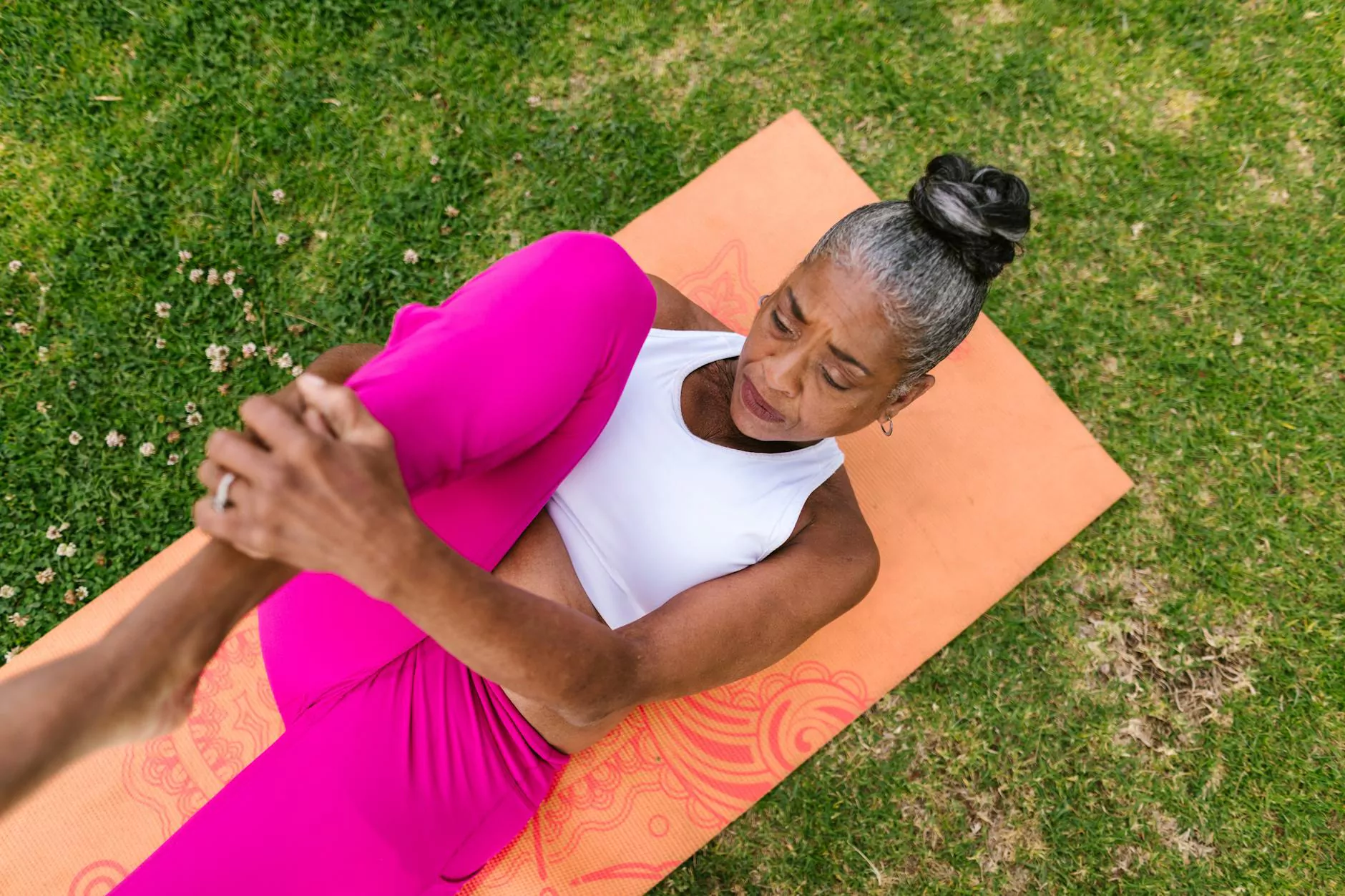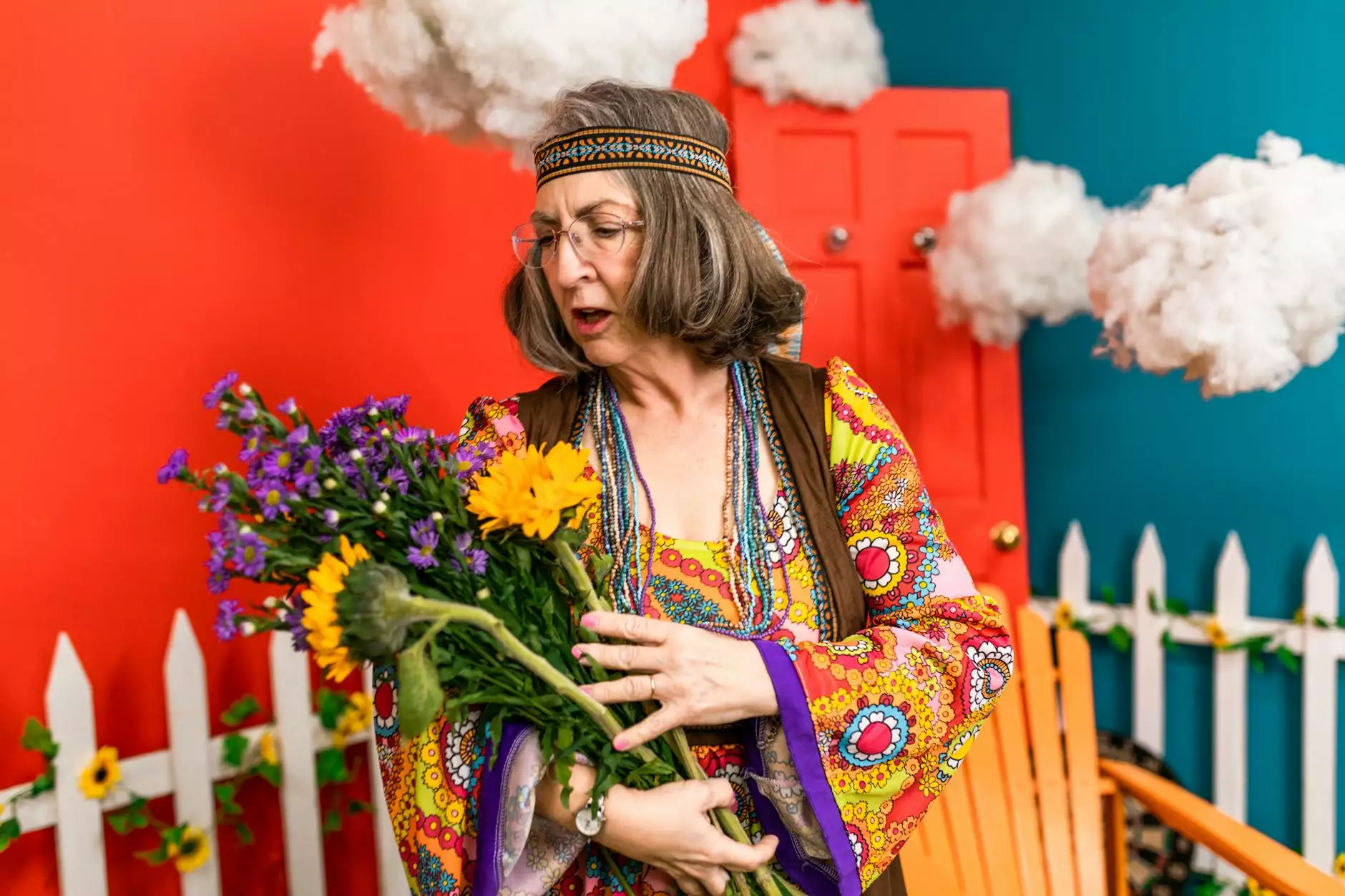The Worst Exercises for Older Adults

Welcome to Anointed and Blessed Home Health Care, your trusted source for senior care resources and wellness tips. In this comprehensive guide, we will discuss the worst exercises for older adults and why they should be avoided. Our goal is to educate and empower seniors with practical advice on maintaining a safe and effective fitness routine.
Understanding the Unique Needs of Older Adults
As we age, our bodies undergo various changes, including decreased muscle mass, reduced flexibility, and a higher risk of injury. It is crucial to adapt exercise routines to accommodate these changes and prioritize safety. The following exercises may pose more harm than benefit for older adults:
1. High-Impact Cardiovascular Activities
While cardiovascular exercise is important for overall health, high-impact activities like running or intense aerobics classes may put excessive strain on joints, increasing the risk of falls and injuries. Instead, consider low-impact exercises such as walking, swimming, or cycling, which provide cardiovascular benefits without placing unnecessary stress on the body.
2. Heavy Weightlifting
Weightlifting can be beneficial for seniors to maintain muscle strength and bone density. However, lifting heavy weights without proper guidance and supervision can lead to muscle strains, joint injuries, or even fractures. It's crucial to work with a professional trainer experienced in senior fitness to ensure proper form, appropriate resistance, and gradual progression.
3. Deep Squats and Lunges
While squats and lunges are excellent lower-body exercises, performing them with excessive depth can strain the knee joints and increase the risk of falls. Older adults should prioritize maintaining balance and stability during lower-body exercises by modifying the range of motion, using support if needed, and focusing on proper form.
4. High-Intensity Interval Training (HIIT)
HIIT workouts involve short bursts of intense exercise followed by brief periods of rest. While they offer time-efficient ways to improve cardiovascular fitness, the high intensity may not be suitable for older adults with underlying health conditions. It's advisable to consult with a healthcare professional before starting any HIIT program and consider alternative moderate-intensity exercises.
Safely Transitioning to an Effective Fitness Routine
Now that we have identified the exercises to avoid, let's focus on implementing a safe and effective fitness routine for older adults. With proper guidance and modifications, seniors can experience numerous benefits including improved strength, mobility, and overall well-being.
1. Incorporate Low-Impact Cardio
Engaging in regular cardiovascular exercise helps boost heart health, control weight, and enhance mood. Opt for low-impact activities like brisk walking, swimming, water aerobics, or stationary cycling. These exercises offer the desired cardiovascular benefits while minimizing stress on the joints and reducing the risk of injuries.
2. Strength Training with Light Weights
Strength training is crucial for maintaining muscle mass, bone density, and functional independence. Focus on exercises that target major muscle groups using lighter weights or resistance bands. Aim for 2-3 sessions per week, allowing proper rest between sessions to prevent overexertion and facilitate muscle recovery.
3. Balance and Flexibility Exercises
As we age, balance and flexibility become increasingly important to prevent falls and maintain mobility. Incorporate exercises like yoga, tai chi, or specific balance drills to improve stability and range of motion. These activities also promote relaxation and stress reduction, further enhancing overall well-being.
4. Modified High-Intensity Interval Training (HIIT)
If you are interested in incorporating interval training into your fitness routine, consider modified HIIT programs specifically designed for older adults. These programs typically involve shorter bursts of moderate-intensity exercises with longer rest intervals. Always listen to your body, avoid overexertion, and consult with a professional before starting any new exercise regimen.
Conclusion
As an older adult, it is crucial to prioritize safety and adapt exercise routines to meet your unique needs. Avoiding the worst exercises for older adults, as outlined in this guide, can significantly reduce the risk of injuries and help you maintain a healthy and active lifestyle. Always consult with healthcare professionals or experienced trainers to create a personalized exercise plan based on your abilities, goals, and overall health condition.
At Anointed and Blessed Home Health Care, we are committed to providing expert advice and resources to help seniors lead fulfilling and healthy lives. Visit our website or contact us today for personalized assistance in designing a safe and effective fitness routine.










